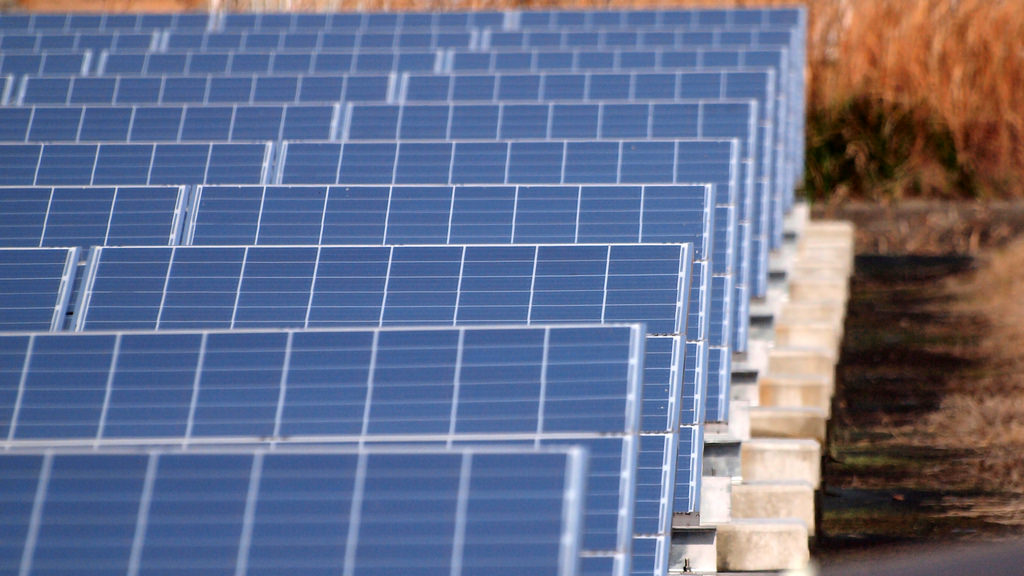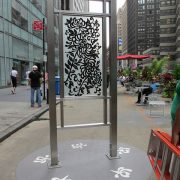How to recycle dead glass solar panels
The move toward solar energy as a “clean” source of electricity is definitely underway. Solar energy is more attractive in some areas than in others, but the growing population of solar panels is raising questions about what happens when a solar panel dies?
The life expectancy of a solar panel is somewhere in the 20-30 year range. Japan alone expects to retire somewhere in the neighborhood of 40 million old solar panels annually by 2040. That’s the equivalent of more than 100,000 solar panels each day. The logistics of disposal at that volume require some thought, so Japan is making plans to do just that!
The contemporary solar panel is a five-layered affair, with glass being on top. Recycling glass isn’t much of a trick; glass is used and reused regularly. The glass in a solar panel isn’t contaminated, so recycling the glass is comparatively easy.
The second and fourth layers of a solar cell consists of ethylene-vinyl acetate (EVA), which surround the third layer – the actual solar cell. The EVA is laminated to the solar cell using heat, which sticks the solar-and-EVA-sandwich to the glass top layer. The fifth layer is the backing. Once all of the components are layered together, they’re stored in an aluminum frame. Add some wires and other minor components and you have a basic solar cell.
Because the EVA is stuck to the glass, the recycling process needs to include a method for freeing the glass. Not surprisingly, the “unsticking” process involves heat. The dead solar cell is heated to about 400° F, which softens the EVA layer enough to release the glass with a little mechanical help.
The goal is to recycle at least 80% of the country’s retired solar cells. What happens to the other 20%? The hope is that they can be pressed into service again in areas that receive significant sun exposure. The efficiency of a solar cell degrades over time. After 20 years in service, the average solar cell can generate only 80% of the electricity that a new cell does. While that could make a cell’s value questionable in some parts of the world, an older solar cell could continue working effectively in areas that receive a lot of sunlight.
Additional work needs to be done to improve testing of old solar cells. Improved testing will make it easier to determine which cells should be broken down and which ones can be reassigned. The work to dismantle, recycle and reuse solar cells that’s being done today will reap significant rewards in the next 20—30 years, not just for Japan but for countries worldwide.
Glassprimer™ glass paint is a specialized glass coating that bonds permanently to glass surfaces. GlassPrimer also makes a glass surface molecular activator that is designed to work with UV-inkjet glass printing processes. For more information about Glassprimer™ glass paint, please visit the rest of our site. If you’d like to purchase Glassprimer™ glass paint, please visit our online store.
Photo Credit: coniferconifer, via Flickr.com




